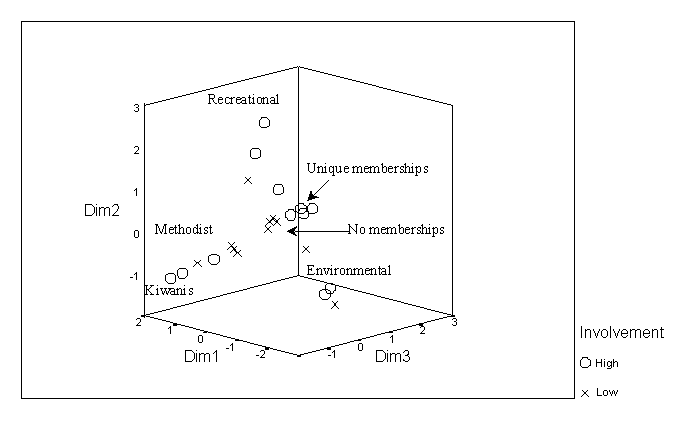
Not in Our Backyard:
Solidarity, Social Networks, and the
Ecology of Environmental Mobilization
by James A. Kitts
ABSTRACT
This paper explores the role of social networks in channeling individuals' involvement in local activism. A case study of a grassroots environmental group examines variation in members' levels of involvement, using three levels of explanation: individual attributes, strong and weak ties between members, and memberships in other organizations. After demonstrating that high- and low-level members are very similar in personal attributes, it focuses on social ties and organizational affiliations. As expected, the data suggest that an individual's level of involvement is increased by strong ties to other members, structural similarity to other high-level members, and fewer ties to non-members. Extramovement organizational affiliations are often assumed to diminish actors' structural availability, though empirical research in differential recruitment has generally revealed a positive effect on participation in social movements. This study addresses a microstructural explanation for the variation between competition and mutualism in a local multiorganizational field, as it shows how organizational goals condition the effect of outside affiliations on level of participation. Paradoxically, ties to other organizations with irrelevant goals appear to facilitate participation in this group, while ties to groups with congruent goals diminish participation.
Click For Electronic Reprint